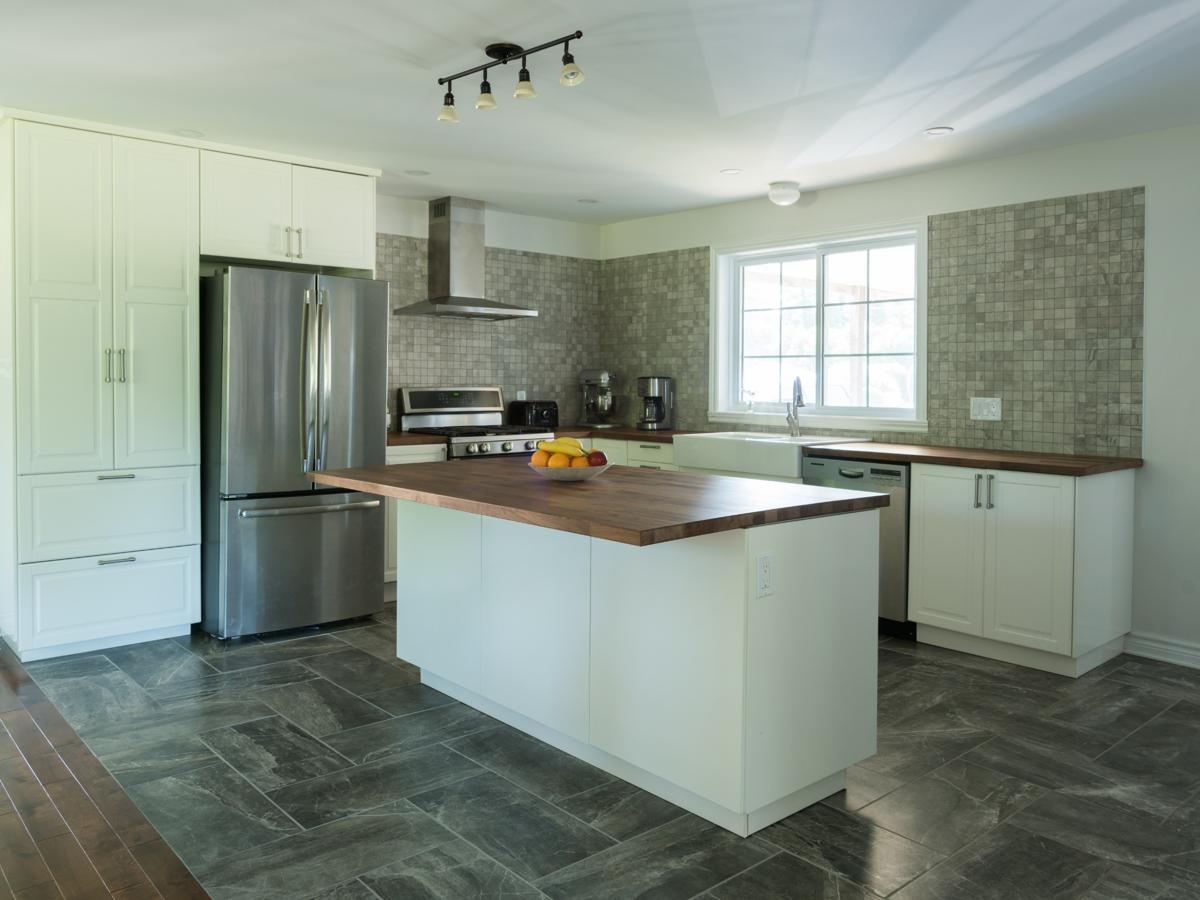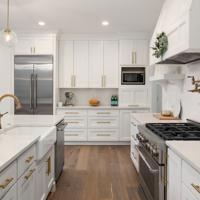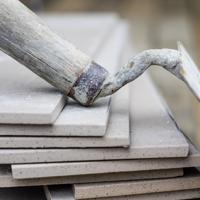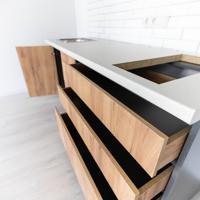Welcome to our detailed exploration of kitchen backsplashes! Whether you're renovating your entire kitchen or considering a small update, backsplashes can be a gratifying project with a big visual impact.
What is a Kitchen Backsplash?
A kitchen backsplash is a surface applied to the wall between the countertop and the upper cabinetry. Besides protecting the wall from splashes and spills, it offers a space to express style and add a visual element to your kitchen.
Why Consider a Kitchen Backsplash?
Installing a backsplash is not just about protecting walls; it’s an opportunity to inject personality and style into your kitchen. It can be a focal point or a complementary element, enhancing the overall aesthetic of the space. Plus, it can potentially increase the resale value of your home.
Materials to Consider
There's a range of materials you can use for a backsplash, each with its own charm and practical considerations.
1. Ceramic and Porcelain Tiles
Ceramic and porcelain tiles are popular choices due to their durability and wide variety of colors, shapes, and sizes. They are relatively affordable and easy to clean.
Example: A simple white subway tile can offer a clean, classic look. If you’re feeling adventurous, consider a colorful mosaic pattern for a splash of color.
2. Glass
Glass tiles or panels offer a sleek, modern look. They reflect light, which can make a smaller kitchen feel larger and brighter.
Example: Use clear glass over a painted wall for a pop of color without the commitment, as you can easily change the wall color with Interior Painting.
3. Natural Stone
Natural stones like marble, granite, or travertine can bring a touch of luxury and natural beauty. However, they might require more maintenance to prevent staining.
Example: A marble backsplash with its unique veining patterns offers an elegant, timeless look.
4. Stainless Steel
Stainless steel backsplashes are often used in commercial kitchens but can also suit a modern residential kitchen. They are heat resistant and easy to clean but can show fingerprints easily.
Example: A brushed stainless steel sheet can add an industrial edge while remaining functional and low-maintenance.
5. Peel-and-Stick
Temporary peel-and-stick options are great for renters or those looking for a quick and affordable flooring update. They are available in various styles, mimicking more expensive materials.
Example: Peel-and-stick tiles that look like weathered wood can add rustic charm without the cost and installation hassle. Tile Flooring
Design Tips
- Color Coordination: Consider the color scheme and existing elements of your kitchen. The backsplash should ideally harmonize with your countertops, cabinets, and flooring.
- Pattern Play: introduce patterns that draw the eye. Patterns can be subtle, with monochromatic tiles, or bold, with vibrant, contrasting colors.
- Height and Length: Decide if you want a standard backsplash height up to the underside of the upper cabinets or a full-wall backsplash that extends to the ceiling.
Installation Considerations
DIY installation is possible, especially with peel-and-stick or pre-mounted tile sheets. However, complex patterns or heavy materials might require professional installation.
Final Thoughts
Choosing a backsplash is a personal decision, and it's fun to see your space evolve with your style choices. It's advisable to explore various options, perhaps starting with creating a mood board or collecting samples to see how each material looks in your kitchen lighting.
While remodeling, remember to take your time and enjoy the process. A backsplash can indeed be a fulfilling project that enhances the heart of your home.
Happy renovating!
References
- Home Design Mag: Guide to Backsplash Materials
- Tile Expert Blog: Pros and Cons of Kitchen Backsplashes
- DIY Network: Tile a Backsplash
Remember, each kitchen is unique, and so is every renovation journey, so trust your instincts, and let your kitchen reflect your style.




